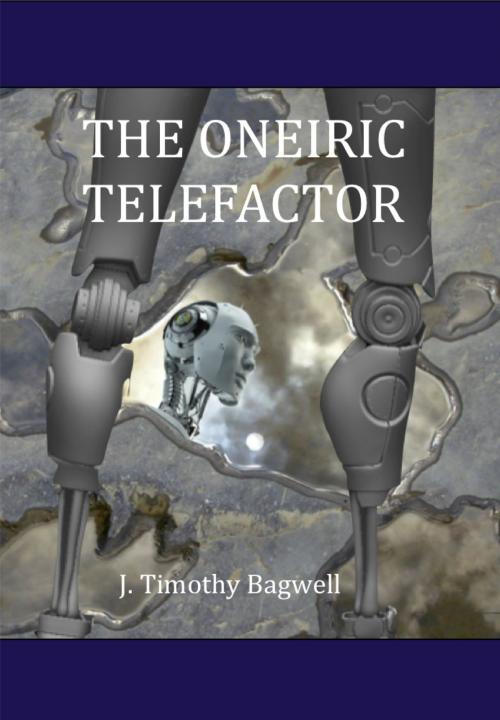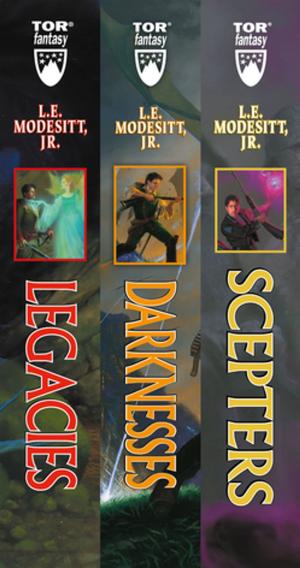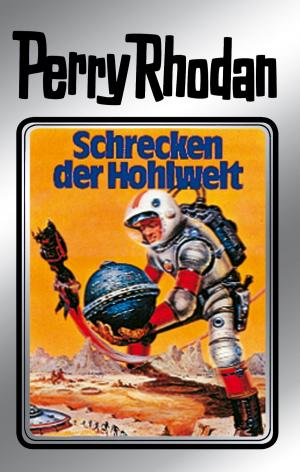| Author: | J. Timothy Bagwell | ISBN: | 9781311005960 |
| Publisher: | Harp Seal Press | Publication: | June 6, 2014 |
| Imprint: | Smashwords Edition | Language: | English |
| Author: | J. Timothy Bagwell |
| ISBN: | 9781311005960 |
| Publisher: | Harp Seal Press |
| Publication: | June 6, 2014 |
| Imprint: | Smashwords Edition |
| Language: | English |
Day Therland works as an oneiric telefactor on Venus, where it rains acid and snows metal, where the atmospheric pressure is over 90 times that of Earth, and the mean surface temperature is well over 800 °F. Good thing his body is on Earth. Except that it’s not. It’s on Venus, and Day has only hours to find out where it is and why it has been brought there. Originally published in Leading Edge 56.
Following is an excerpt from an interview with the author.
"What the heck is oneiric telefactory?"
"Telefactory is a very old science-fiction concept. A telefactor is an artificial body or machine operated remotely by a human being. It's the human component that makes a telefactor different from a robot."
"And oneiric?"
"My twist on the old telefactor concept is that the human being operates the body while asleep and in a state of lucid dreaming. The input for the dreams comes from the sensory apparatus of the artificial body, so unlike normal dreams, these are connected to reality--at a distance. The idea is that operating the body in this way increases the realism of the experience and enhances the telefactor's abilities.
Day Therland works as an oneiric telefactor on Venus, where it rains acid and snows metal, where the atmospheric pressure is over 90 times that of Earth, and the mean surface temperature is well over 800 °F. Good thing his body is on Earth. Except that it’s not. It’s on Venus, and Day has only hours to find out where it is and why it has been brought there. Originally published in Leading Edge 56.
Following is an excerpt from an interview with the author.
"What the heck is oneiric telefactory?"
"Telefactory is a very old science-fiction concept. A telefactor is an artificial body or machine operated remotely by a human being. It's the human component that makes a telefactor different from a robot."
"And oneiric?"
"My twist on the old telefactor concept is that the human being operates the body while asleep and in a state of lucid dreaming. The input for the dreams comes from the sensory apparatus of the artificial body, so unlike normal dreams, these are connected to reality--at a distance. The idea is that operating the body in this way increases the realism of the experience and enhances the telefactor's abilities.















